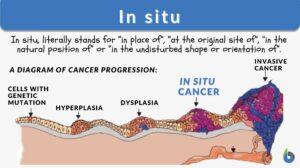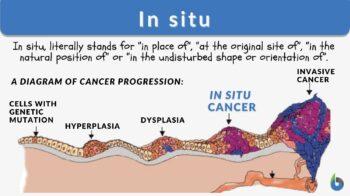
In situ
adj., [ɪn ˈsɪtjuː]
Definition: of or in its natural or original place
Table of Contents
When we talk about an experiment, human intervention, a protocol, or its step or any x, y, z call-of-action, it can be performed in mainly two ways. The first one is “exactly at or in the site/place/position” of the subject and the second one is “at or in a different site/place/position” from the subject in context. For both of these conditions, there are designated, specific Latin phrases. Can you guess them both or at least any one of them??? Yes, they are ‘in situ’ and ‘ex situ’. The gist is that to define in situ, you need to lay emphasis on the exactness of the intervention or step in terms of its natural or original place, shape, character, size, or position. Let’s move ahead and learn what is in situ condition in different lights!
In situ Definition
In situ literally stands for “in place of”, “at the original site of”, “in the natural position of” or “in the undisturbed shape or orientation of”. This is a Latin phrase that is used in different contexts depending upon the area of emphasis. But no matter where the usage is, the meaning stands the same. So, when asked ‘what does in situ mean’, we can explain it depending upon the context of the subject.
The opposite to ‘in situ’ is ‘ex situ’. Ex-situ stands for intervention or action in a different place than the normal position or natural orientation of the subject.
Table 1: Difference between “In situ” and “Ex situ” | |
|---|---|
| In situ | Ex-situ |
| Stands for a process “exactly in place of” the subject. | Stands for a process at a place “other than the original place” of the subject. |
| Expenses for such a process are usually less as the place remains unchanged. | Expenses for such a process are usually high as the place is changed and a new place is allotted. |
| A process like this leaves in situ with wide applicability and more outreach. | Such a process is less applicable and has lesser outreach. |
| Generally, in situ experiments are less labor-intensive as they are carried out at no new place than the original one. | Generally, ex-situ experiments are more labor-intensive as they are carried out at a new place altogether, hence requiring more inputs. |
| Also called “on-site” experiments | Also called “off-site” experiments |
| Experimental parameters, as well as the conditions, are high maintenance. | Experimental parameters, as well as the conditions, are low maintenance. |
| Practical feasibility is higher. | Practical feasibility is lower. |
Data Source: Akanksha Saxena of Biology Online
So, in situ definition in science depends upon the discipline or context in which you are using the term. Let’s look at the different usage and definitions of in situ.
In situ means in the natural or normal place, confined to the site of origin without the invasion of neighboring tissues. In biology, it is a concept of studying biological organisms and their varied aspects (for example physiology, mechanisms of actions, conservation efforts, etc) in their original or natural place of origin or existence.
Archaeology
In the discipline of archaeology, we define ‘in situ’ as the original disposition of an archaeological finding or artifact or historical evidence. In situ archaeology refers to the study of historical artifacts without moving them from their place of discovery. You can move the object only after the “site of finding” has been recorded. This record serves the essential purpose of relating the archaeological finding with its cultural importance and substance. It also aids the interpreting historian or archaeologist in understanding the itsy-bitsy details and helps in timely conservation efforts thereon.
There are essentially 4 major steps that need to be undertaken when an ‘in situ’ work is performed. They are as follows:
- Cataloging and taking notes
- Recording at the excavation site
- Mapping
- Photographing the evidence
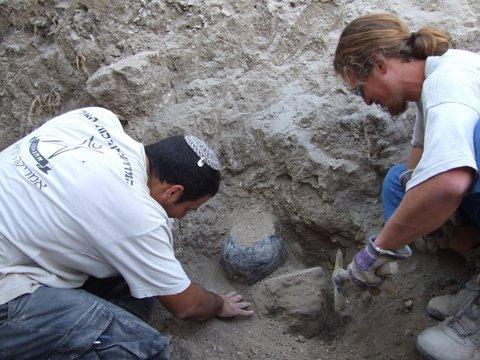
Biology and Biomedical Engineering
In the discipline of biology and biomedical engineering, we define ‘in situ’ as the examination of the scientific phenomenon in the context of its place. We examine if a scientific exam is conducted in its original place or not. And if not, we check where the experimentation is conducted- ex situ location like a different medium, site, lab condition, etc. So, when asked to define in situ in biology, we can explain it as a concept of studying biological organisms and their varied aspects (for example physiology, mechanisms of actions, conservation efforts, etc) in their original or natural place of origin or existence.
Also, in biomedical engineering, in situ processes are of great utility. Protein nanogels are synthesized via in situ polymerization. This is a method for efficient synthesis, storage, and delivery of therapeutic proteins. Some of the most important utilization of these protein nanogels are in cancer treatment, immunization and vaccination development, delivery, medical diagnosis, etc.
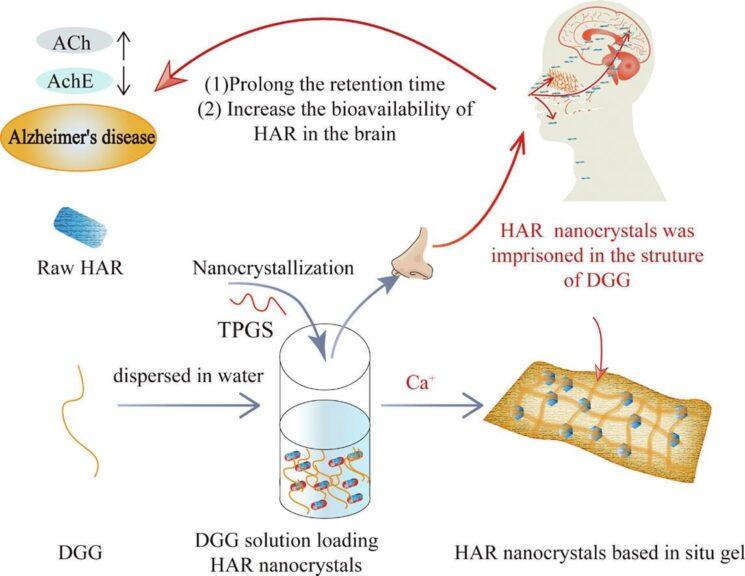
In situ biology experiments versus ex situ biology experiments
When performing lab experiments, there are two options to plan research methodologies. One of them is in situ protocols and the other one is ex-situ protocols. This in situ experimentation works somewhere at a middle ground between in vitro and in vivo systems. For example, if you want to study some specific cell of a plant leaf tissue, you can study it while the leaf is still intact and attached to the mother plant. This intervention is called in situ laboratory protocol. Since we haven’t plucked the leaf from the mother plant, this isn’t in vivo study. Additionally, since we don’t isolate a particular cell from the complex of different cells in the leaf tissue, this isn’t an in vitro study. This is hence called an in situ study.
Such sort of in situ experiments are beneficial as:
- They help in assessing the biological functioning of organisms in the lab without disturbing the very existence of the biological organism. You can analyze both qualitative and quantitative data using in situ interventions.
- They help in bridging the limitations and shortcomings of in vitro experimentations.
- They help in providing benefits of both the in vitro and in vivo studies.
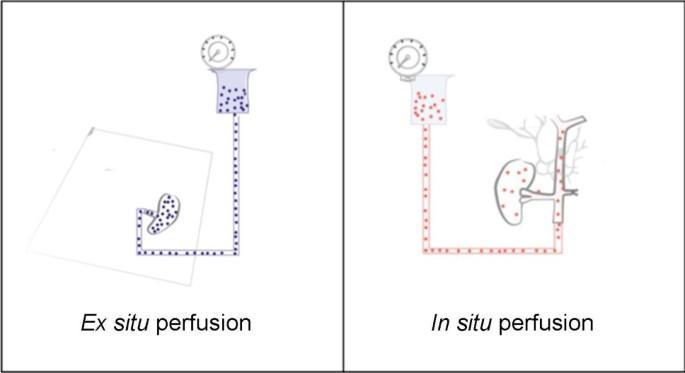
In situ conservation versus ex situ conservation efforts
Since many biological organisms are getting threatened due to many natural and man-made causes, conservationists across the globe put forward varied efforts. These conservation efforts can be essentially two types. These are in situ and ex situ conservation efforts.
- In situ conservation efforts are the “on-site conservation interventions”. These efforts aim to protect threatened and endangered flora or fauna species in their natural habitats.
- Contrastingly, ex situ conservation efforts are also called “off-site conservation interventions”. These include gene banks, zoological gardens, museums, gardens, etc.
Examples of in situ conservation efforts are:
- Biosphere reserves
- Sacred groves
- National Parks
- National sanctuaries
- Bird sanctuaries
- Biodiversity parks
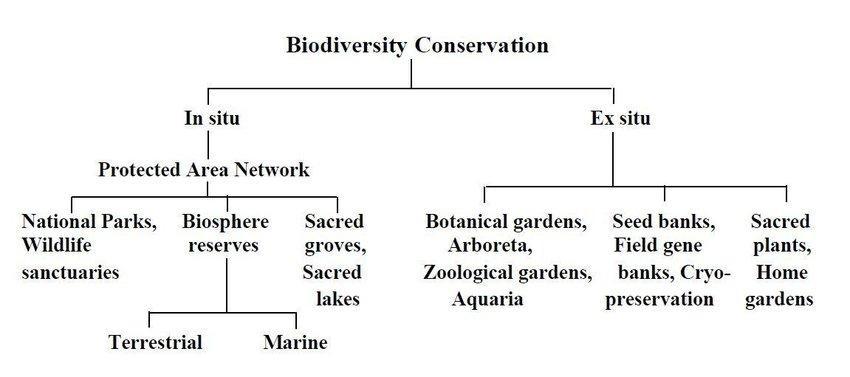
Chemistry and Chemical Engineering
In the discipline of chemistry and chemical engineering, we define in situ work as “in the reaction mixture.” Many times, the chemical entity in question is synthesized in situ, meaning it will be a chemical intermediate that is produced via a chain of various processes.
The main reasons for this intermediate synthesis are:
- The species in question is unstable.
- The species in question can’t be isolated.
- The species in question is easy to synthesize in situ (convenience is more in situ).
In situ chemistry definition: Any chemical synthesis happening within a reaction mixture or volume.
Computer Science
In the discipline of computer science and technology, we define an “in situ operation or in situ data code” as the sop that progresses without interrupting the normal and steady-state of a system. A very easy example to understand the meaning of an in situ operation is being able to perform a file backup without needing to turn off the system. The restoring or backup action shouldn’t need the system to be disturbed from its steady state of being “on”, i.e., there shouldn’t be a need to turn it off. Hence, such a thing is called in situ operation in computer and technological terms.
Earth and Atmospheric Sciences
In the discipline of earth and atmospheric sciences, we define in situ as natural materials, elements, products, and processes prior to their transport from their natural location. To understand the difference between the two very basic phenomena like weathering and erosion, an understanding of the in situ concept becomes pivotal. While the erosion process requires a transport medium like wind, ice, or water, the process of weathering doesn’t require a medium and occurs in situ.
In general, all the atmospheric and geochemical processes are entitled to the description and tag of being in situ in nature.
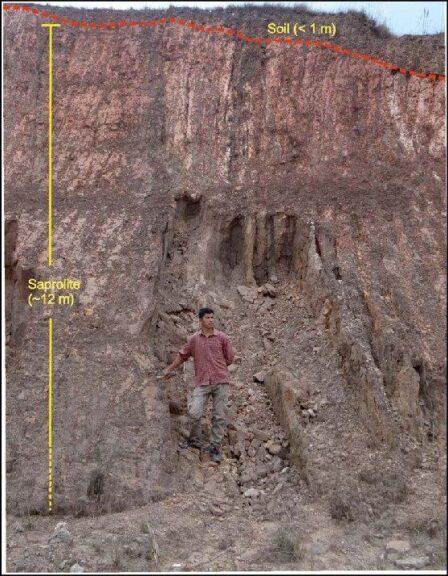
Electrochemistry
In the discipline of electrochemistry, we define in situ as the experimentation of an electrochemical experiment without disturbing the operating conditions of an electrochemical cell and within that same operating cell. Also, since the cell is already in use, we don’t disturb the potential control. It is the “potential control’ that controls and preserves the electrochemical environment in an electrochemical cell by maintaining the double-layer structure of the cell intact. Additionally, it also preserves the electron transfer reactions that occur at the different potentials of the electrode interphasial region.
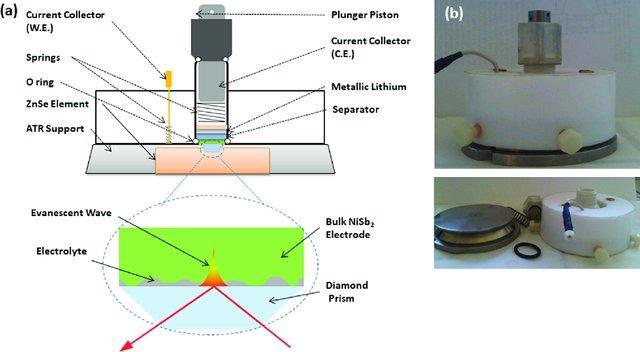
Environmental Remediation
In the discipline of environmental remediation, we define in situ soil remediation effort as cleansing and remediating an extremely polluted site via utilization and stimulation of the natural processes in the region’s soil. We don’t excavate and take the soil from the delimited area to another place for cleansing like in ex situ environmental remediation efforts. We perform on-site cleansing.
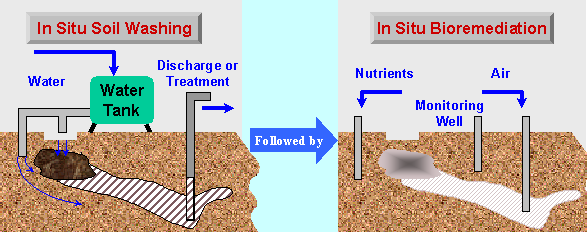
Experimental Physics
In the discipline of experimental physics, we define in situ work as a methodology of collecting data and its analysis without exposing any of it to the external environment.
Experimental Psychology
In the discipline of experimental psychology, we define in situ experimentation as those which are performed in a field setting and not in a restricted, laboratory setting.
Medicine
In the discipline of medicine (in situ medical term), we define in situ as the medical intervention without disturbing the body’s integrity. In oncology (in situ cancer definition), we define an in situ situation as when the malignant cells haven’t metastasized and present as an intact tumor. If the malignant cells have invaded beyond tissue type from where they arose, it’s no more described as in situ. In such a case, the tumor is called ex-situ. Now, we hope you understand the in situ meaning in medical terms.
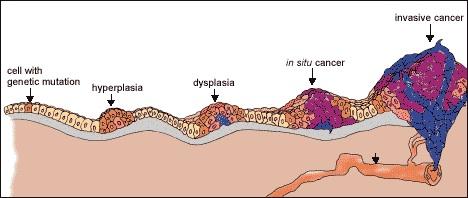
Try to answer the quiz below to check what you have learned so far about the term “in situ”.
References
- Foltys, D., Kaths, M., Strempel, M. et al. Comparative analysis of in situ versus ex situ perfusion on flow and microcirculation in kidney procurement: research on a porcine model. Transplant Res 2, 13 (2013). https://doi.org/10.1186/2047-1440-2-13
- Alok Kumar Chandrakar, Krishna Kumar Yadav, Vinit Kumar, Neha Gupta. Scenario of Biodiversity Conservation in India: An Overview, September 2016, Edition: 1, Publisher: Photon eBooks. ISBN: UBN: 015-A94510112027
- Guiting Huang, Jin Xie, Shuyuan Shuai, Shaofeng Wei, Yingchong Chen, Zhiyu Guan, Qin Zheng, Pengfei Yue, Changhong Wang. International Journal of Pharmaceutics, 2020. https://doi.org/10.1016/j.ijpharm.2020.120182.
- Shimyaphy R V S, Sarajit Sensarma, Tapan Chakraborty. (2018). The occurrence of in situ thick soil over resistant quartzite and thin soil over more weatherable granitoid gneiss in central Shillong Plateau, NE India. Project: Geochemistry and mineralogy of the modern soil profiles of the Shillong Plateau
- Cyril Marino, Athmane Boulaoued, Julien Fullenwarth, David Maurin, Nicolas Louvain, et al.. Solvation and Dynamics of Lithium Ions in Carbonate-Based Electrolytes during Cycling Followed by Operando Infrared Spectroscopy: The Example of NiSb 2 , a Typical Negative Conversion-Type Electrode Material for Lithium Batteries. Journal of Physical Chemistry C, American Chemical Society, 2017, 121 (48), pp.26598 – 26606. ⟨10.1021/acs.jpcc.7b06685⟩. ⟨hal-01661243⟩
©BiologyOnline.com. Content provided and moderated by Biology Online Editors.

